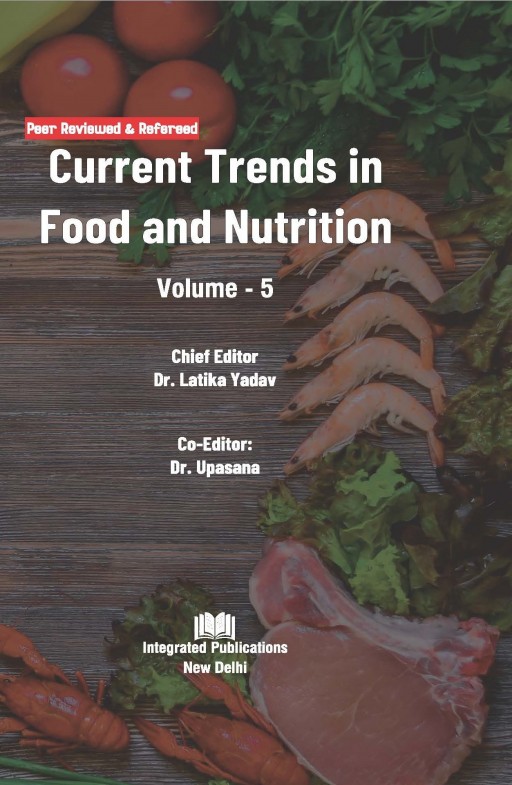Biofortification: A Sustainable Approach to Address Hidden Hunger


Chronic malnutrition, often known as "hidden hunger", affects about 2 billion people worldwide and is caused by a number of illnesses and conditions, such as death, stunted growth, and cognitive decline. Therefore, a more sustainable way to manage hunger in a society and provide nutritional supplements is through the biofortification of staple food crops fortified with micronutrients. In addition to conducting nutritional efficacy trials and developing delivery plans, various research activities have been conducted since the concept of biofortification was introduced in 2001. These activities include developing target groups, use of biofortification methods, and releasing biofortified varities. Despite being a cost-effective intervention, it still confronts a number of obstacles, such as shareholders' acceptance, the availability of germplasm from biofortified crops in the public domain, which differs by location, and the ease of access to biofortified crops. In general, the success of biofortification depends on three factors. The first condition is successful breeding; high yields and high profitability must coexist with high nutrient density. Secondly, it must be proved that the biofortified cultivars increase the micronutrient status of human subjects when they consume them as usual. As a result, adequate bioavailability and retention of nutrients are required throughout processing and cooking. Third, a sizable portion of the population that suffers from micronutrient deficiencies must eat the biofortified crops, which farmers must accept. Hence, this book chapter is focused on the biofortification, different approaches of biofortification, advantages, limitations and implementation of biofortification. Biofortification has enormous potential to address the issue of hunger by regularly providing nutrient-enriched staple food options to billions of people worldwide through the use of sustainable techniques and methodologies.